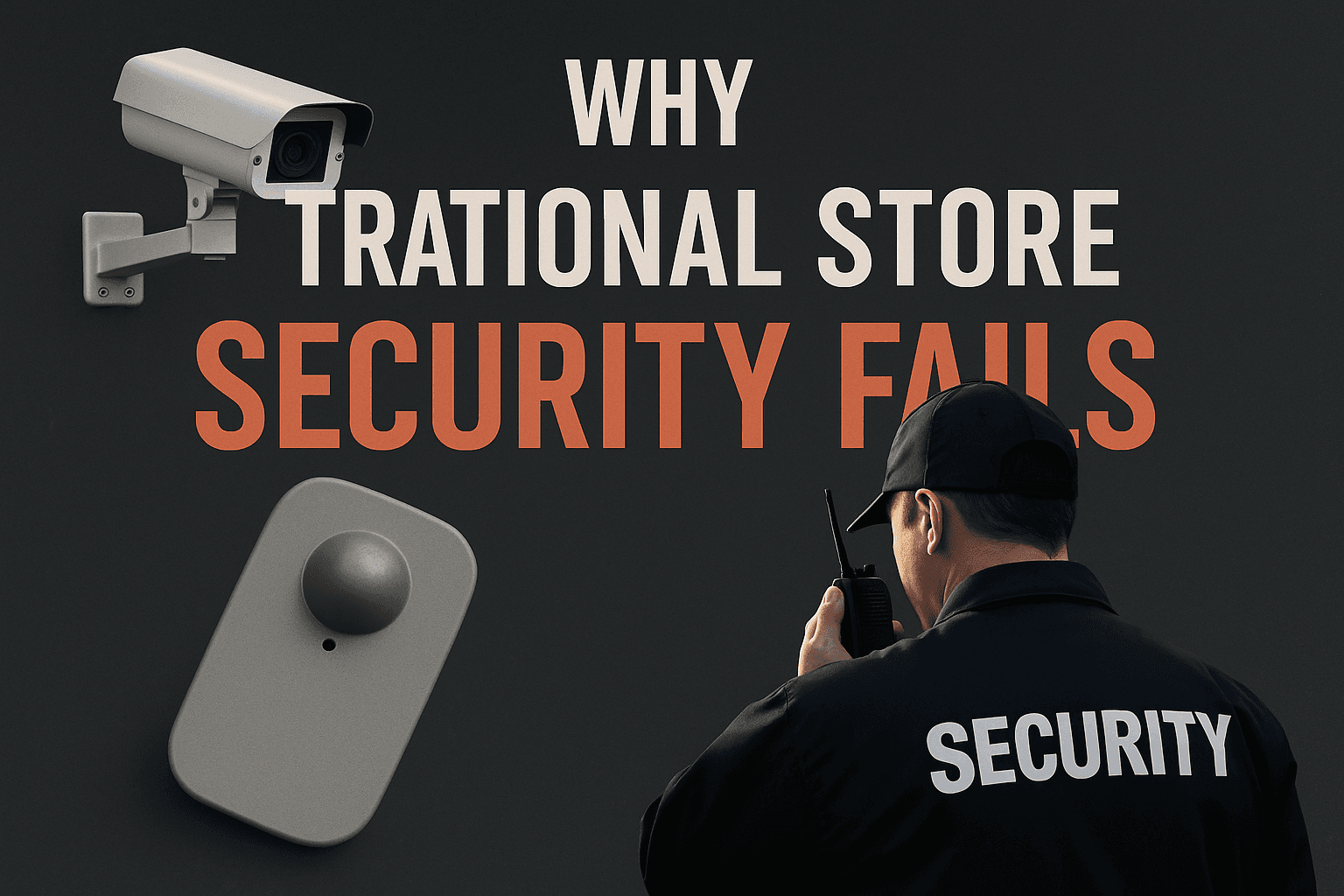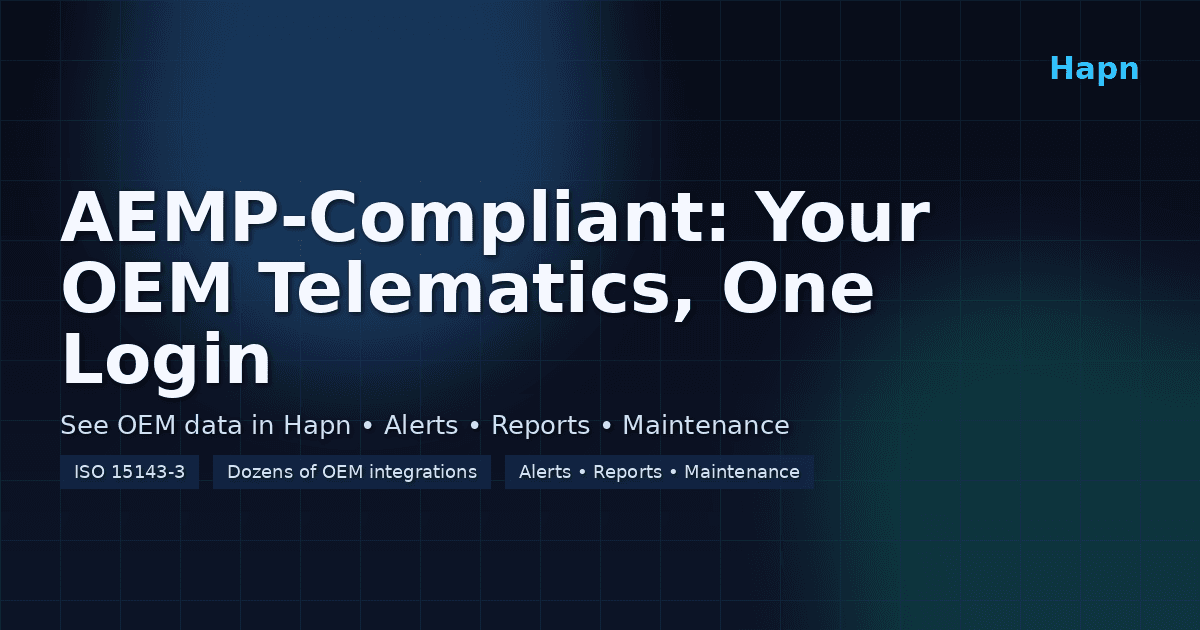What is the total cost of ownership? Also called TCO, this often-mentioned but sometimes misunderstood term has tremendous meaning for businesses (and sometimes consumers). At its simplest, the definition of total cost of ownership is the complete direct and indirect cost for an item or service. This all-encompassing assessment provides a full picture of what you’re buying.
TCO goes beyond a product or service’s initial purchase or implementation costs. Instead, the idea is to comprehensively view obvious and not-so-obvious expenses. A total cost of ownership calculation helps you understand the long-term financial impact of a purchase, making an informed decision more likely.
Let’s put this in basic terms that most people can understand. For example, there’s more to spending money on a car than the purchase price. You have outlays for insurance, financing, fuel, maintenance, taxes, licensing, registration, parking, and depreciation. Add that all together, and you have the TCO for a vehicle.
According to a report from engineering giant ITT, the purchase amount represents only 10% of the total cost of ownership.
The Formula for Total Cost of Ownership: How Do You Calculate the Total Cost of Ownership?
With a basic answer to the “What is the total cost of ownership?” question under our belts, let’s explore a more in-depth formula for TCO. But don’t worry; the fundamental premise is quite understandable.
| Total Cost of Ownership = | Initial Cost + Operational Costs Incurred During the Product/Service Life Cycle |
Of course, the actual calculation may be more complex depending on what you’re buying. It’s a lot easier to determine the TCO of a shovel versus a network of computers. Let’s expand on this. There’s the one-time cost of buying the shovel and not much else to worry about.
The same can’t be said of a computer network. In addition to hardware costs, there are expenditures associated with software, installation, training, maintenance, and upgrades. You’ll also need to consider implementation, data migration, utility costs, and, eventually, disposal.
The TCO formula can vary greatly depending on the industry, business size, and other factors. You’ll want to ensure that any calculation you use considers your specific circumstances.
Let’s take a more advanced look at calculating TCO.
| I | Initial Cost | As covered earlier, the upfront cost to buy something |
| O | Operation | To reiterate, the cost to set up, install, and operate an item or service. This can include initial and ongoing training |
| M | Maintenance | The expenses associated with keeping the product or service in peak operating condition |
| D | Downtime | It’s wise to include downtime in your calculations if non-operation affects the bottom line. Figure in labor costs for delayed workers, supervisory oversight, lost production, and compensation to impacted customers |
| R | Remaining Value | How much an item is worth after a predetermined amount of time |
The expanded formula now looks like
TCO = I + O + M + D – R
Let’s apply this calculation to a hypothetical example of determining the TCO of two different “widgets.”
| WIDGET A | WIDGET B | |
| Initial Cost | $20,000 | $40,000 |
| Operation | $15,000 | $10,000 |
| Maintenance | $6,000 | $3,000 |
| Downtime | $15,000 | $5,000 |
| Remaining Value | $4,000 | $10,000 |
| TCO | $52,000 | $48,000 |
Of course, these are made-up numbers. Yet the idea shows the purpose of TCO calculations. In this fictional example, Widget B costs more upfront but less to own over the long term. Presumably, Widget B would also enable you to produce more items, be more efficient, or otherwise improve revenue (or lower overall costs) better than Widget A
In short, TCO helps you create an apples-to-apples comparison between two purchase options.
How Total Cost of Ownership Works
TCO works by providing a comprehensive understanding of the costs associated with a specific investment. But the secret to an accurate calculation is identifying all the hidden costs. It’s easy to determine what’s visible, but the bulk of the outlays lie below the surface. Research firm Gartner calls this the “Total Cost Iceberg.”
Through TCO, businesses and organizations can get an integrated view of the financial impact of a purchase. A fully informed decision now can prevent unpleasant surprises later on.
How to Use Total Cost of Ownership
There are practical applications for the use of TCO.
- Decision-Making: Consider TCO before making a new investment. You’ll be able to compare different options, making selection easier for the long-term benefit of your business.
- Budget Development: TCO can create a more accurate budget for a specific project or purchase. Identifying all the potential costs in advance allows more precise forecasting and projections. Unexpected expenses are also less likely to occur.
- Ongoing Analysis: Dive into current programs or investments with a TCO review. You’ll better be able to identify the values and benefits of a particular product or system and determine if you’re getting a good return on investment.
What Types of Costs Should Be Considered in TCO
TCO is only accurate when all possible costs are taken into account. In broad terms, this means categorizing outlays as direct or indirect costs. Direct costs are expenses directly associated with the product or service. For example, this can include the purchase price, installation costs, and maintenance expenses.
Indirect costs, on the other hand, can be harder to identify but, generally, are expenses not directly linked to the purchase. Training and downtime (due to a system failure) are two examples. However, it’s reasonable to calculate the opportunity cost for a missed alternative.
Gartner goes even further by breaking costs into three categories. This separation makes expense identification easier. Of course, not all expenses listed may apply to your specific situation, and there may be unique costs associated with your project or operation.
ACQUISITION
|
OPERATING
|
DISPOSAL
|
Total Cost of Ownership Examples
TCO can be applied to assess a potential major capital investment. Theoretically, you can use a TCO calculation for any purchase, but it can be a time-consuming process. So, TCO is commonly used for more significant outlays, like
- Computer systems
- Telecommunications equipment
- Production facilities
- Machinery
- Vehicle fleets and supporting technology (like GPS systems)
- Buildings
- Cloud computing services
- Software systems
- Green energy products
TJ Chasteen, product manager for Hapn, a leading GPS provider, offers these practical considerations about TCO. “Typically, the total cost of GPS tracking is going to include a few things. The hardware will have an associated cost; this will vary based on the model and also the seller. There will typically be a monthly fee as well to cover cellular data costs and, in many cases, the cost of developing bespoke software.”
He adds, “Less technical users might also need to factor in installation costs, whether that is internal costs from using staff or from hiring outside install experts.”
Understanding the Importance of the Total Cost of Ownership
The complete view offered by a TCO approach makes for smart decision-making. Its importance can’t be overstated because of the numerous benefits TCO offers.
Protection from Market Swings
By budgeting for all conceivable costs, TCO helps cushion against industry downturns or other economic uncertainties. This strategy lets a company focus on strategic growth rather than being blindsided by unexpected expenses.
Better Supplier Relationships
Taking TCO factors into account helps with vendor and partner negotiations. A sharp-thinking business owner can more accurately predict costs, make better-timed orders, and promote two-sided value. Strong supplier relationships lead to improved pricing and service.
Improved Business Development
TCO enhances practices across departments: operations, -marketing, sales, and project management. A team can boost profitability, meet deadlines, and drive revenue by incorporating a TCO perspective.
Enhanced Standardization
Applying uniform TCO standards across all departments means that everyone within a company looks at purchasing the same way. This consistency is especially helpful for investments that involve multiple departments and have a company-wide impact.
More Accurate Sustainability Measurements
TCO provides a clear framework for tracking the environmental impacts of business practices. Identifying savings opportunities related to energy, water, and materials consumption helps profitability and the planet. This can be a competitive advantage with environmentally-minded customers.
Ultimately, total cost of ownership methodology enables companies to see a complete financial picture, a necessity for making smart and strategic choices. Yes, there’s extra effort involved, and all parties need to be on board, but the long-term benefits are worth it.
What Resources Should You Use to Determine TCO?
Data for a “what is the total cost of ownership” calculation comes from many sources. Start with what’s on hand, like financial statements, budget reports, and operational data. You may also get input from vendors, but be sure to verify that the information is accurate.
Next, search for benchmarks and standards typical for your industry. Trade associations can be useful with these details. These groups may even have TCO templates that can help. There are numerous software applications available, depending on what you’re researching. For more complex and expensive projects, consider bringing in a consultant. The upfront fees for these services can easily be offset by long-term preparation.
Benefits of Optimizing TCO
With a better understanding of the total cost of ownership concept, it’s also helpful to be aware of optimizing TCO. Simply put, this involves reducing the expenditures related to acquiring, operating, maintaining, and retiring an asset over its lifetime. Once you know all the costs, you’ll have a better idea of where to look to find savings.
These steps can include:
- Negotiating better purchase prices and service contracts with vendors and suppliers
- Standardizing and consolidating assets to streamline maintenance and support
- Extending update and replacement cycles through better maintenance and repairs
- Leveraging managed services, cloud computing, and other options to reduce in-house infrastructure costs
- Identifying opportunities to reduce energy, bandwidth, or other operational usage
- Streamlining processes and workflows to increase efficiency and cut related costs
- Disposing of obsolete assets in a timely, cost-effective manner
- Reusing and recycling equipment to decrease end-of-life costs
- Implementing automation, analytics, GPS systems, and other technologies to optimize asset utilization
- Tracking TCO data over time and by category to identify cost drivers
Optimizing TCO can lead to better decision-making that aligns with your business objectives.
What Types of Businesses Can Benefit from Using TCO?
Any asset-intensive industry stands to benefit greatly from TCO methodology. Some examples include:
- Manufacturing: Firms with production equipment, machinery, facilities, and the like need to understand the importance of maintenance, downtime costs, and asset life cycles.
- Transportation: Airlines, trucking, service providers, and shipping firms have large fleets of vehicles with complex operating costs. TCO helps keep management and procurement on top of these critical factors.
- Healthcare: The capital-intensive requirements of medical equipment, IT systems, and facilities all add up to high TCO. Managing these long-term costs is crucial.
- Energy: From power plants and pipelines to drilling rigs, this capital equipment has lengthy usable lives and high operating costs.
- Technology: Determining TCO is critical for hardware, software, data centers, networks, cloud services, GPS tracking, and other IT investments.
- Retail: Store build-outs, point-of-sale systems, distribution centers, and other retail infrastructure investments have substantial TCO.
- Telecommunications: Network gear, cell towers, satellites, and broadband infrastructure require a TCO approach.
- Financial Services: Trading systems, data centers, software platforms, and security infrastructure are prime for TCO analysis.
- Real Estate: TCO can help with developments, buildings, and other projects with large sunk and operating costs.
FAQs: What Is the Total Cost of Ownership?
What is the definition of total cost of ownership (TCO)?
Total cost of ownership (TCO) is the complete direct and indirect cost for an item or service over its entire life cycle. It includes the initial purchase price plus all associated operation, maintenance, downtime, and disposal costs.
What costs should be included in a TCO calculation?
A TCO calculation should include all direct costs like purchase price, installation, maintenance, etc. It should also factor in indirect costs like training, downtime losses, remaining value at disposal, and opportunity costs. The goal is to identify all hidden and visible costs.
How can TCO help with budgeting?
Using TCO for budgeting leads to more accurate forecasts since potential expenses are identified upfront. This prevents unexpected costs down the road and provides a full decision-making picture.
How does TCO lead to better supplier relationships?
Understanding the total costs of an investment allows for better negotiations with vendors on pricing and services. Using TCO, a company can be more strategic about purchasing and creating mutual value with suppliers.


